Home>diy>Architecture & Design>What Is A Floor Plan For A Dealership
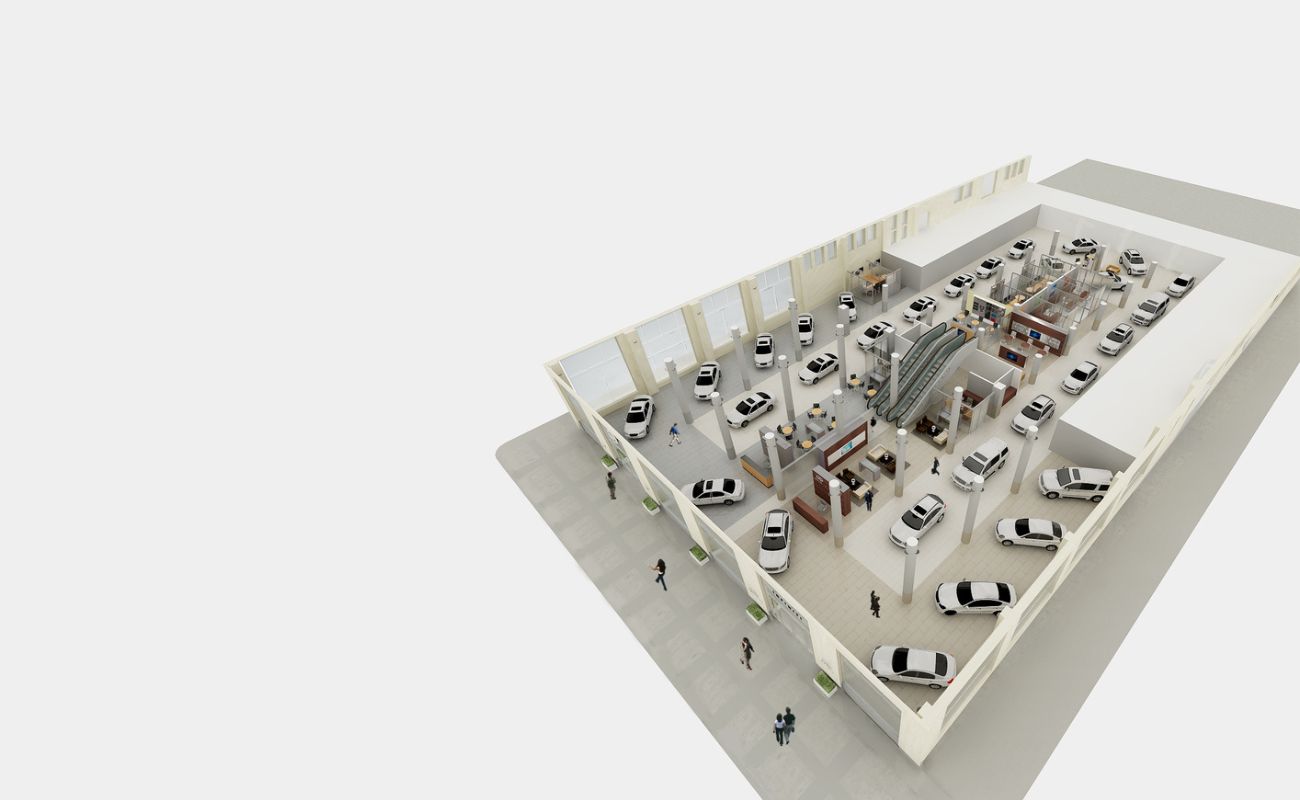

Architecture & Design
What Is A Floor Plan For A Dealership
Modified: December 7, 2023
Discover the importance of floor plans for automotive dealerships and how they contribute to efficient architecture design. Learn more about the benefits.
(Many of the links in this article redirect to a specific reviewed product. Your purchase of these products through affiliate links helps to generate commission for Storables.com, at no extra cost. Learn more)
Introduction
When it comes to running a successful dealership, having an effective floor plan is crucial. A floor plan is not just a physical layout of the dealership, but it is also a strategic tool that helps optimize the flow of customers, vehicles, and staff. It serves as the foundation for organizing the various departments, amenities, and display areas of the dealership.
A well-designed floor plan can make a significant impact on the overall customer experience, operational efficiency, and ultimately, the profitability of the dealership. It enables a seamless interaction between customers and staff, allowing for easy navigation and clear visibility of the available inventory. Furthermore, a thoughtfully crafted floor plan can give the dealership a competitive edge by creating a memorable and inviting atmosphere that resonates with customers.
In this article, we will explore the definition and importance of a floor plan in a dealership. We will delve into the key elements to consider when designing a floor plan and the benefits that can be derived from an effective layout. Additionally, we will discuss some of the challenges that dealerships may face in creating and implementing a floor plan, and highlight examples of successful floor plans in the industry.
Whether you are a dealership owner, manager, or simply someone interested in the world of automotive retail, understanding the significance of a well-designed floor plan is essential. So, let’s dive in and explore the fascinating world of dealership floor plans!
Key Takeaways:
- A well-designed floor plan in a dealership is crucial for enhancing the customer experience, optimizing operational efficiency, and driving business growth, ultimately leading to increased sales and customer satisfaction.
- Successful floor plans in dealerships reflect the brand’s identity, target market, and objectives, creating immersive and memorable experiences for customers while promoting operational efficiency and enhancing the brand’s unique values.
Read more: What Is A Floor Plan
Definition of a Floor Plan for a Dealership
A floor plan for a dealership is a visual representation of the dealership’s physical layout. It outlines the arrangement of various departments, vehicle display areas, customer amenities, and other important spaces within the dealership. It serves as a blueprint that harmonizes functionality, aesthetics, and efficiency to create a seamless experience for both customers and staff.
The floor plan takes into account the available space and optimizes the layout to facilitate smooth traffic flow, maximize visibility of vehicles, and ensure convenient access to different areas. It considers factors such as the size and configuration of the showroom, the placement of sales desks, customer lounges, service bays, parts departments, and administrative offices.
The floor plan is designed with careful consideration of the dealership’s specific needs and goals. It seeks to create a welcoming and attractive environment that encourages customers to explore the dealership, spend time interacting with the staff, and ultimately make a purchase. At the same time, it aims to streamline operational processes, improve staff efficiency, and promote a sense of organization and professionalism.
Good dealership floor plans are not one-size-fits-all. They are customized to reflect the unique brand identity, target market, and dealership objectives. Whether it’s a luxury car dealership aiming for a sleek and sophisticated ambiance or a family-oriented dealership focusing on a comfortable and friendly atmosphere, the floor plan should align with the dealership’s overall brand strategy.
With advancements in technology, floor plans for dealerships can be created using sophisticated computer-aided design (CAD) software. This allows for precise measurements, accurate scaling, and the ability to visualize the final layout in 3D. Dealerships can collaborate with architects, interior designers, and automotive retail experts to leverage their expertise in creating a functional and aesthetically pleasing floor plan.
Ultimately, a well-designed floor plan for a dealership is a critical component of the overall success of the business. It sets the stage for a positive customer experience, efficient operations, and ultimately drives sales and revenue. It is a powerful tool that aligns the physical space with the dealership’s objectives and helps create a lasting impression on customers.
Importance of a Floor Plan in a Dealership
Having a well-thought-out floor plan is of paramount importance in a dealership. It plays a significant role in enhancing the overall customer experience, improving operational efficiency, and influencing the success of the business. Here are some key reasons why a floor plan is crucial in a dealership:
- Optimized Traffic Flow: A well-designed floor plan ensures smooth traffic flow within the dealership. It strategically positions departments, display areas, and amenities, allowing customers to navigate effortlessly and discover different vehicle options. By creating a logical flow, customers are more likely to spend quality time exploring the dealership and engaging with the sales team.
- Enhanced Customer Experience: A thoughtfully crafted floor plan creates an environment that is welcoming, comfortable, and visually appealing to customers. It allows for clear visibility of vehicles, attractive product displays, and convenient access to amenities such as restrooms and customer lounges. When customers feel comfortable and at ease, it enhances their overall experience and increases the likelihood of making a purchase.
- Effective Product Presentation: An effective floor plan ensures that vehicles are strategically showcased to attract attention and highlight their unique features. It enables the dealership to create visually enticing displays, arrange vehicles by category or brand, and accentuate special promotions or new arrivals. By presenting the products in an organized and visually appealing manner, a floor plan helps dealerships make a lasting impression on potential buyers.
- Staff Efficiency: A well-designed floor plan not only benefits customers but also improves the efficiency and productivity of the dealership staff. It enables the effective allocation of workspaces, reducing the need for excessive movement and minimizing communication barriers. With a streamlined layout, employees can easily assist customers, access necessary resources, and collaborate with colleagues, ultimately improving customer service and optimizing sales processes.
- Branding and Differentiation: The floor plan is a reflection of the dealership’s brand identity and positioning. It allows dealerships to create a distinct atmosphere that aligns with their target market and sets them apart from competitors. Whether the dealership aims for a modern and luxurious ambiance or a warm and family-friendly environment, the floor plan helps to reinforce the brand message and embody the dealership’s unique selling proposition.
Overall, a well-designed floor plan is vital for creating an exceptional customer experience, optimizing workflow, and establishing a competitive advantage in the automotive retail industry. It is an investment in the success and long-term growth of the dealership, enhancing customer satisfaction, increasing sales opportunities, and positioning the dealership as a trusted and desirable destination for car buyers.
Elements of a Floor Plan for a Dealership
Designing an effective floor plan for a dealership involves careful consideration of various elements to create a functional and visually appealing layout. Here are key elements to consider:
- Showroom Area: The showroom is the heart of the dealership and serves as a focal point for customers. It should be designed to showcase vehicles in an attractive and well-lit environment. The layout should allow for easy navigation, ample space for customers to move around, and clear visibility of each displayed vehicle.
- Sales Desks: Sales desks are an important element of the floor plan, providing designated spaces for sales associates to interact with customers. These desks should be strategically placed to allow for efficient customer engagement while maintaining privacy when needed. They should be equipped with the necessary tools and technology to facilitate smooth transactions and offer a comfortable working area for the sales team.
- Customer Waiting Area: A designated customer waiting area is crucial to provide comfort and convenience. It should be designed with comfortable seating, a welcoming ambiance, and amenities such as refreshments and reading materials. This area allows customers to relax while waiting for vehicle service or consultation.
- Service Department: The service department is a vital component in a dealership floor plan. It should be designed to optimize workflow and efficiency. This area includes service bays, service reception areas, and waiting areas for customers. It should allow for smooth traffic flow and efficient movement of vehicles and staff.
- Parts Department: The parts department is responsible for managing and supplying the necessary components for vehicle repairs and maintenance. It should be strategically located to ensure easy access for both service technicians and customers. Shelving, storage areas, and organization systems should be implemented to ensure efficient inventory management.
- Administrative Offices: Administrative offices provide workspace for management and support staff. They should be positioned to allow for easy communication and collaboration while offering privacy when needed. Efficient office layouts, meeting rooms, and technology infrastructure should be incorporated to facilitate smooth day-to-day operations.
- Amenities: Consideration should be given to amenities such as restrooms, customer lounges, and refreshment areas. These elements contribute to the overall customer experience and should be positioned conveniently throughout the dealership.
- Signage and Branding: Implementing effective signage and branding elements is essential to guide customers and reinforce the dealership’s identity. Clear and visible signage should be strategically placed to assist customers in finding their way around the dealership.
By considering these elements, a dealership can create a cohesive and functional floor plan that optimizes customer experience, staff efficiency, and operational effectiveness.
Key Considerations in Designing a Floor Plan for a Dealership
Designing a floor plan for a dealership requires careful thought and consideration to create a layout that maximizes functionality, enhances the customer experience, and reflects the dealership’s brand. Here are key considerations to keep in mind:
- Customer Flow: The flow of customers should be a top priority in designing a floor plan. Analyze how customers move throughout the dealership, starting from their entry point and progressing through various departments. Strategic placement of departments, display areas, and amenities should encourage natural pathways and make it easy for customers to navigate the dealership.
- Zoning: Divide the dealership space into different zones based on the functions and activities that take place in each area. This ensures that departments are appropriately separated and that there is a clear visual and spatial distinction between customer areas, service areas, administrative spaces, and others. Each zone can then be designed with specific requirements in mind to optimize their respective purposes.
- Vehicle Display: Give careful thought to how vehicles are displayed within the dealership. Consider factors such as visibility, accessibility, and aesthetics. Strategically position vehicles to create eye-catching displays, arrange them by brand or category, and ensure there is ample space for customers to view and inspect each vehicle. Lighting should be utilized to highlight the vehicles’ features and create an inviting atmosphere.
- Sales Process: Understand the dealership’s sales process and ensure that the floor plan supports it. Design sales desks and consultation areas to align with the customer journey, allowing for seamless interactions between sales associates and customers. Efficiently integrate technology, such as computer terminals or tablets, to facilitate a smooth sales process and enhance the overall customer experience.
- Accessibility: Take into account accessibility for all customers, including those with disabilities. Ensure that the floor plan provides easy access and maneuverability for individuals with mobility challenges. Incorporate features such as ramps, wide walkways, and accessible restrooms to comply with accessibility standards and make the dealership inclusive for everyone.
- Branding and Aesthetics: The floor plan should align with the dealership’s brand and desired aesthetic. Consider the target market and the impression the dealership wants to create. Incorporate branding elements such as colors, logos, and materials that reflect the dealership’s identity. The overall design should create a cohesive and visually appealing environment that resonates with customers and reinforces the dealership’s brand.
- Future Expansion: Anticipate the dealership’s future growth and consider the potential need for expansion. Leave room for flexibility and scalability within the floor plan to accommodate future changes or additions. This allows for smoother transitions and reduces the need for major renovations down the line.
- Collaboration and Communication: Design the floor plan to encourage collaboration and effective communication between staff members. Consider the placement of workstations, meeting rooms, and common areas to foster teamwork and streamline internal processes. Allow for easy access to shared resources and facilities to promote a cohesive and efficient work environment.
By carefully considering these key factors, a dealership can create a floor plan that optimizes customer experience, aligns with the dealership’s brand, and supports efficient and effective operations.
When creating a floor plan for a dealership, consider the flow of customer traffic, placement of vehicles for maximum visibility, and designated areas for sales, service, and financing. This will help optimize the customer experience and increase efficiency.
Read more: What Is An In-Law Floor Plan
Benefits of an Effective Floor Plan for a Dealership
An effective floor plan is more than just a layout; it is a strategic tool that can significantly impact the success of a dealership. Here are some key benefits that can be derived from having an effective floor plan:
- Optimized Customer Experience: A well-designed floor plan creates a positive and memorable experience for customers. It allows for easy navigation, provides clear visibility of vehicles, and creates a welcoming atmosphere. Customers are more likely to feel comfortable, spend more time exploring the dealership, and develop a stronger connection to the brand. This ultimately leads to increased customer satisfaction, improved chances of customer retention, and higher sales conversion rates.
- Increased Operational Efficiency: An effective floor plan optimizes workflow and enhances operational efficiency. It allows for smooth traffic flow, reduces congestion, and minimizes unnecessary movement and delays. By strategically placing departments, workstations, and amenities, it creates a streamlined and organized environment for employees. This leads to improved productivity, faster response times, and a more efficient allocation of resources.
- Effective Space Utilization: A well-designed floor plan ensures efficient utilization of available space. It maximizes the use of both the indoor and outdoor areas of the dealership, allowing for the display of a wider range of vehicles and creating attractive product showcases. Optimal space utilization also enables the inclusion of amenities and customer-centric areas, such as waiting lounges and refreshment areas, enhancing the overall ambiance and convenience for customers.
- Enhanced Brand Image: An effective floor plan aligns with the brand identity and positioning of the dealership. It reflects the desired image and creates a cohesive brand experience. A thoughtfully designed floor plan can evoke emotions, convey the dealership’s values, and leave a lasting impression on customers. This strengthens brand loyalty, increases brand recognition, and differentiates the dealership from competitors.
- Improved Sales Opportunities: A well-designed floor plan can lead to increased sales opportunities. By strategically organizing and showcasing vehicles, highlighting special offers, and creating compelling displays, it captures customers’ attention and sparks their interest. With a clear and enticing layout, customers are more likely to engage with sales associates, explore the dealership further, and ultimately make a purchase. This results in higher conversion rates and increased profitability.
- Adaptability to Change: An effective floor plan allows for flexibility and adaptability. It can easily accommodate changes in the dealership’s operations, market demands, or trends. By considering future expansion and scalability during the design phase, the floor plan can minimize the need for costly modifications or renovations in the future. This agility ensures that the dealership can adapt to new opportunities and challenges quickly and efficiently.
In summary, an effective floor plan in a dealership has numerous benefits. It enhances the customer experience, improves operational efficiency, strengthens the brand image, facilitates increased sales, optimizes space utilization, and ensures adaptability to change. Investing time and effort into designing a well-planned floor plan is a wise decision that can significantly contribute to the long-term success and profitability of a dealership.
Challenges in Creating and Implementing a Floor Plan for a Dealership
Creating and implementing a floor plan for a dealership is a complex task that comes with its fair share of challenges. Here are some common challenges that dealerships may face during this process:
- Space Limitations: Limited space can pose a significant challenge when designing a floor plan. Dealerships may need to maximize the use of available space while still ensuring a comfortable and visually appealing layout. This requires careful planning and prioritization of key areas, such as the showroom, service department, and customer amenities.
- Compliance and Regulations: Dealerships must comply with various local, regional, and national regulations, including building codes, ADA requirements, and safety regulations. Incorporating these requirements into the floor plan while maintaining the desired design and functionality can be a complex task that requires attention to detail and collaboration with architects and contractors.
- Budget Constraints: Budget limitations can often impact the design and implementation of a floor plan. Dealerships need to strike a balance between their desired floor plan and the available budget. This may require making cost-effective decisions, finding creative solutions, and prioritizing essential areas and features within the available resources.
- Multiple Stakeholders: Dealerships involve multiple stakeholders, including the dealership owner, management team, architects, contractors, and various vendors. Aligning everyone’s vision and goals can be challenging, as each party may have different priorities and perspectives. Effective communication, collaboration, and compromise are essential to ensure a successful outcome.
- Meeting Brand Requirements: Ensuring that the floor plan aligns with the dealership’s brand identity can be a challenge. Different brands have specific requirements and guidelines that need to be adhered to in terms of design, placement, and overall ambiance. Balancing these requirements while still maintaining the dealership’s unique identity can require careful planning and coordination.
- Changing Technology Needs: The rapid advancement of technology in the automotive industry means that dealerships need to adapt their floor plans to accommodate new technologies. This includes considerations such as electric vehicle charging stations, advanced digital displays, multimedia systems, and increased connectivity. Staying ahead of the technology curve while ensuring effective integration within the floor plan can be a challenge.
- Ongoing Maintenance and Updates: Once a floor plan is implemented, ongoing maintenance and updates are crucial to ensure it remains efficient and up-to-date. This includes addressing wear and tear, addressing any functional limitations, and adapting to changing customer needs and market trends. Developing a plan for regular reviews and updates can help dealerships stay ahead of the curve and maintain a competitive edge.
While creating and implementing a floor plan for a dealership can be challenging, addressing these challenges through careful planning, effective communication, and collaboration can result in a successful and functional layout that enhances the dealership’s operations and customer experience.
Examples of Successful Floor Plans in Dealerships
Successful floor plans in dealerships are those that seamlessly integrate functionality, aesthetics, and customer experience, resulting in increased sales, customer satisfaction, and operational efficiency. Here are a few examples of dealerships with well-designed floor plans:
- Tesla: Tesla’s floor plan design reflects the modern and innovative nature of their brand. The showroom is sleek and minimalist, allowing the vehicles to take center stage. Large windows and open spaces create a light and airy atmosphere, while interactive displays and technology showcases engage customers. Tesla strategically positions charging stations within the showroom, inviting customers to test-drive vehicles and learn about the company’s sustainable initiatives.
- Lexus: Lexus dealerships prioritize customer comfort and luxury in their floor plan design. Showrooms are meticulously designed with high-end finishes, plush seating areas, and elegant signage. The layout allows for easy navigation and clear visibility of a curated selection of vehicles, designed to create a high-touch experience. The service area is often separated from the showroom, ensuring a quiet and serene environment for customers receiving maintenance or repairs.
- CarMax: CarMax is known for its innovative approach to the dealership experience. Their floor plans focus on creating a customer-centric environment that promotes transparency and trust. The layout includes open spaces with multiple interactive displays and touchpoints, enabling customers to independently explore vehicles and access information. They also incorporate designated areas for customer consultations, where sales associates provide a personalized car buying experience.
- Audi: Audi dealerships prioritize technology integration in their floor plan design. They incorporate interactive displays, digital configurators, and multimedia presentations to engage customers. The showroom layout organizes vehicles by model and incorporates cutting-edge lighting and visual effects to enhance vehicle appeal. Audi dealerships also include customer lounges with amenities such as coffee bars and comfortable seating areas, creating an inviting and luxurious ambiance.
- Toyota: Toyota dealerships focus on creating a family-friendly and welcoming environment. The floor plan design incorporates spacious showrooms with dedicated areas for different Toyota models. Toyota dealerships often include play areas for children, convenient customer lounges, and service departments designed for efficiency, with waiting lounges equipped with amenities. The layout aims to create a comfortable and accommodating experience for families visiting the dealership.
These examples demonstrate the diverse approaches to floor plan design within the automotive industry. Each dealership’s floor plan reflects its brand identity, target market, and specific objectives. From sleek and futuristic layouts to luxurious and customer-centric designs, successful floor plans in dealerships create an immersive and memorable experience for customers while optimizing operational efficiency and promoting the brand’s unique values.
Conclusion
A well-designed floor plan is a critical component of a successful dealership. It serves as the blueprint that harmonizes functionality, aesthetics, and efficiency, ultimately enhancing the customer experience and driving business growth. A carefully planned and implemented floor plan optimizes traffic flow, showcases vehicles effectively, and creates a welcoming atmosphere for customers.
Throughout this article, we explored the definition and importance of a floor plan in a dealership. We discussed the key elements and considerations in designing a floor plan, highlighting the benefits it brings to the dealership. From improved customer experience and increased operational efficiency to enhanced branding and increased sales opportunities, a well-designed floor plan can have a significant impact on a dealership’s success.
However, we also acknowledge the challenges that may arise when creating and implementing a floor plan. Space limitations, compliance requirements, budget constraints, and the need to meet brand expectations can pose obstacles. It is crucial for dealerships to navigate these challenges through effective communication, collaboration, and strategic decision-making.
Lastly, we explored examples of successful floor plans in various dealerships, showcasing the diversity of designs within the automotive industry. Each example demonstrated how a well-planned floor plan can reflect the brand’s identity, target market, and objectives, leading to increased customer satisfaction and business success.
In conclusion, designing and implementing an effective floor plan for a dealership requires careful consideration and attention to detail. By prioritizing the customer experience, optimizing operational efficiency, and aligning with the dealership’s brand, a well-designed floor plan can create a pleasant and memorable environment for customers, enhance sales opportunities, and position the dealership as a trusted and desirable destination for car buyers.
Frequently Asked Questions about What Is A Floor Plan For A Dealership
Was this page helpful?
At Storables.com, we guarantee accurate and reliable information. Our content, validated by Expert Board Contributors, is crafted following stringent Editorial Policies. We're committed to providing you with well-researched, expert-backed insights for all your informational needs.
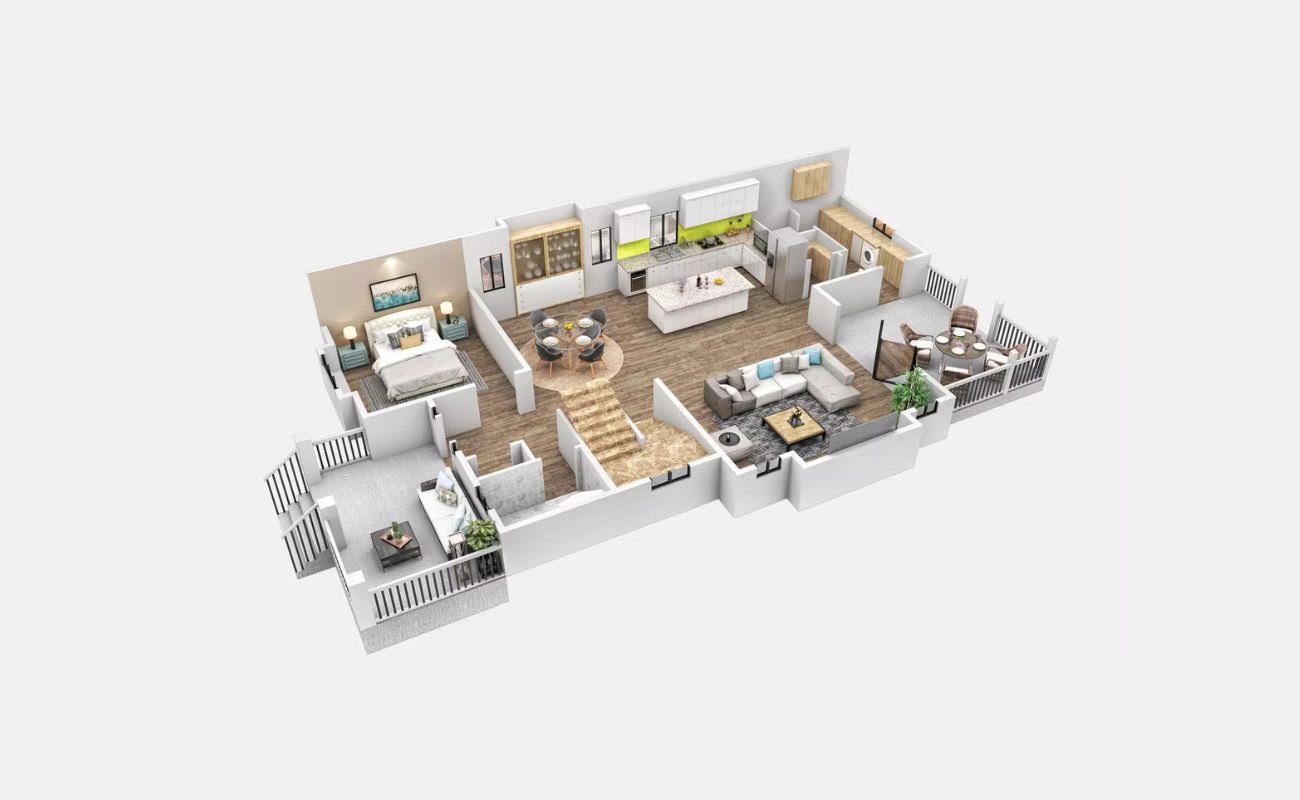
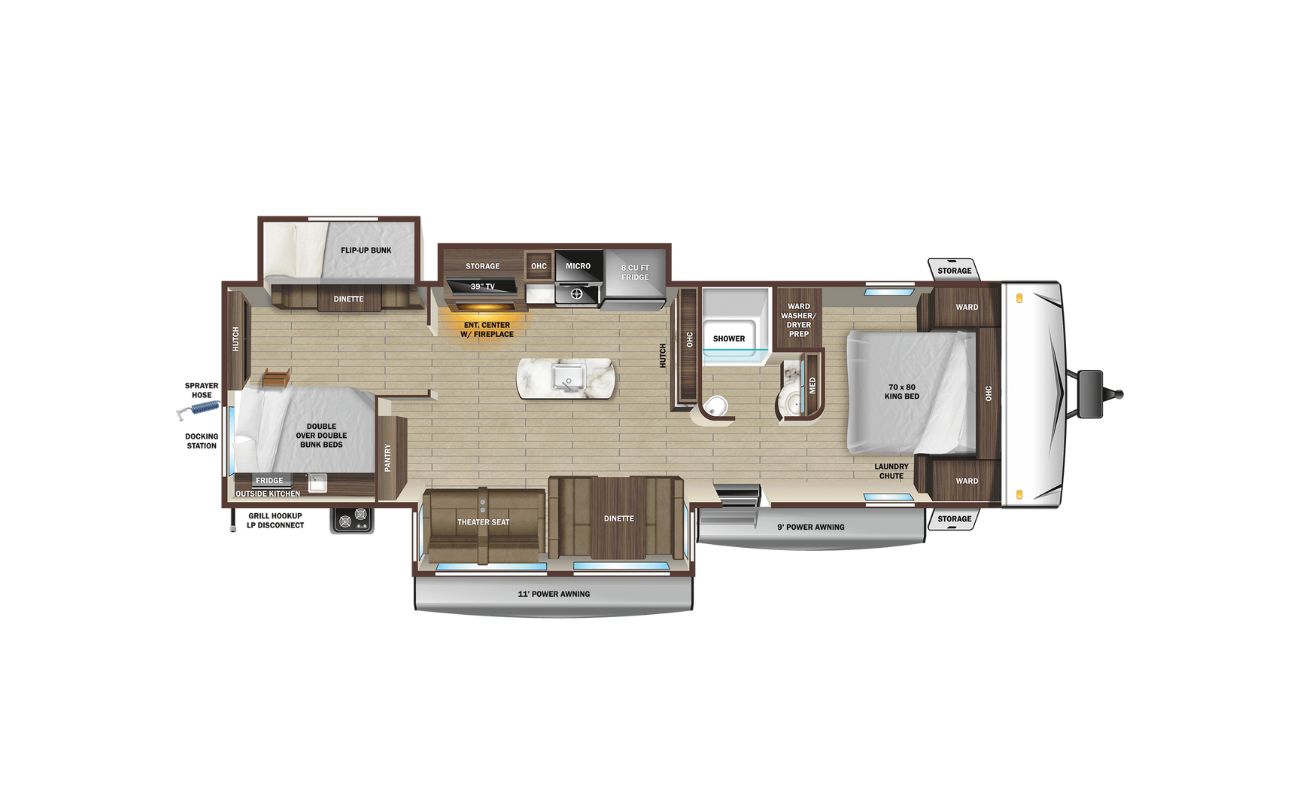
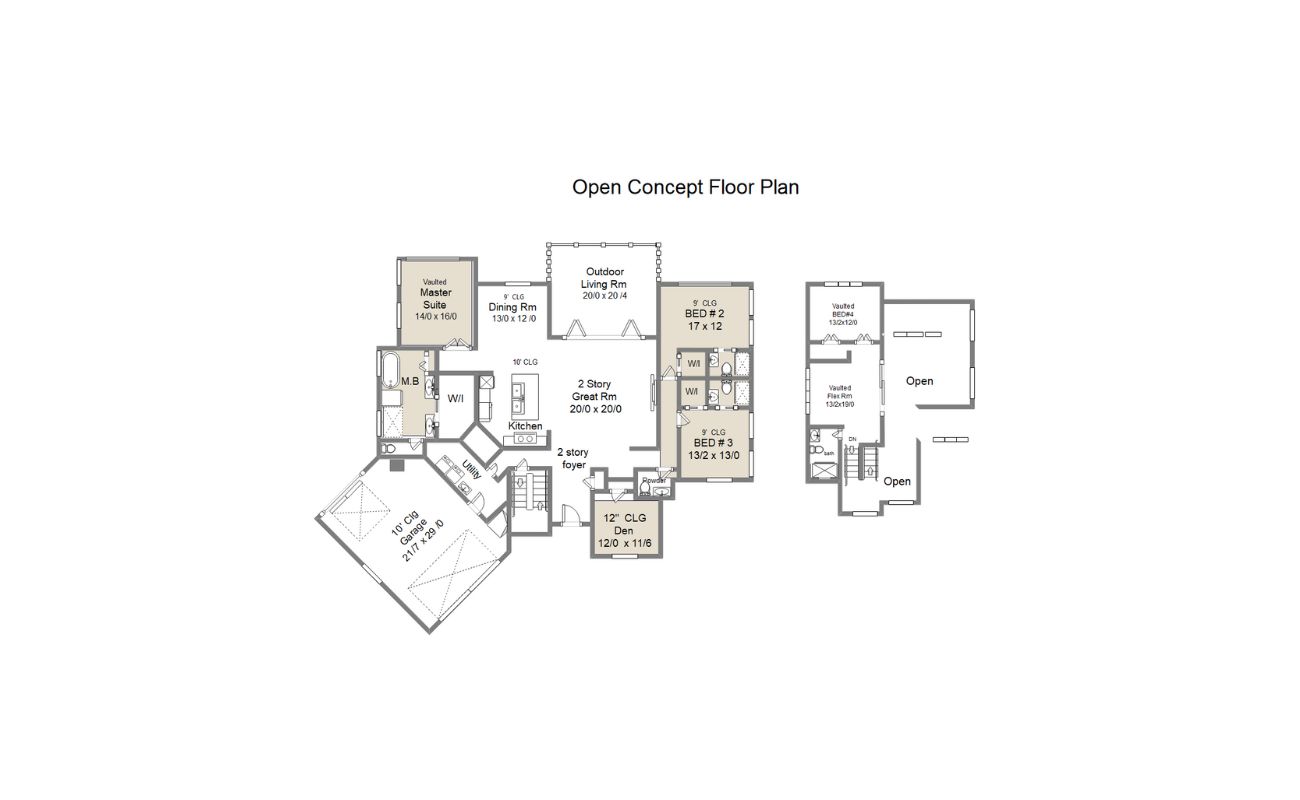
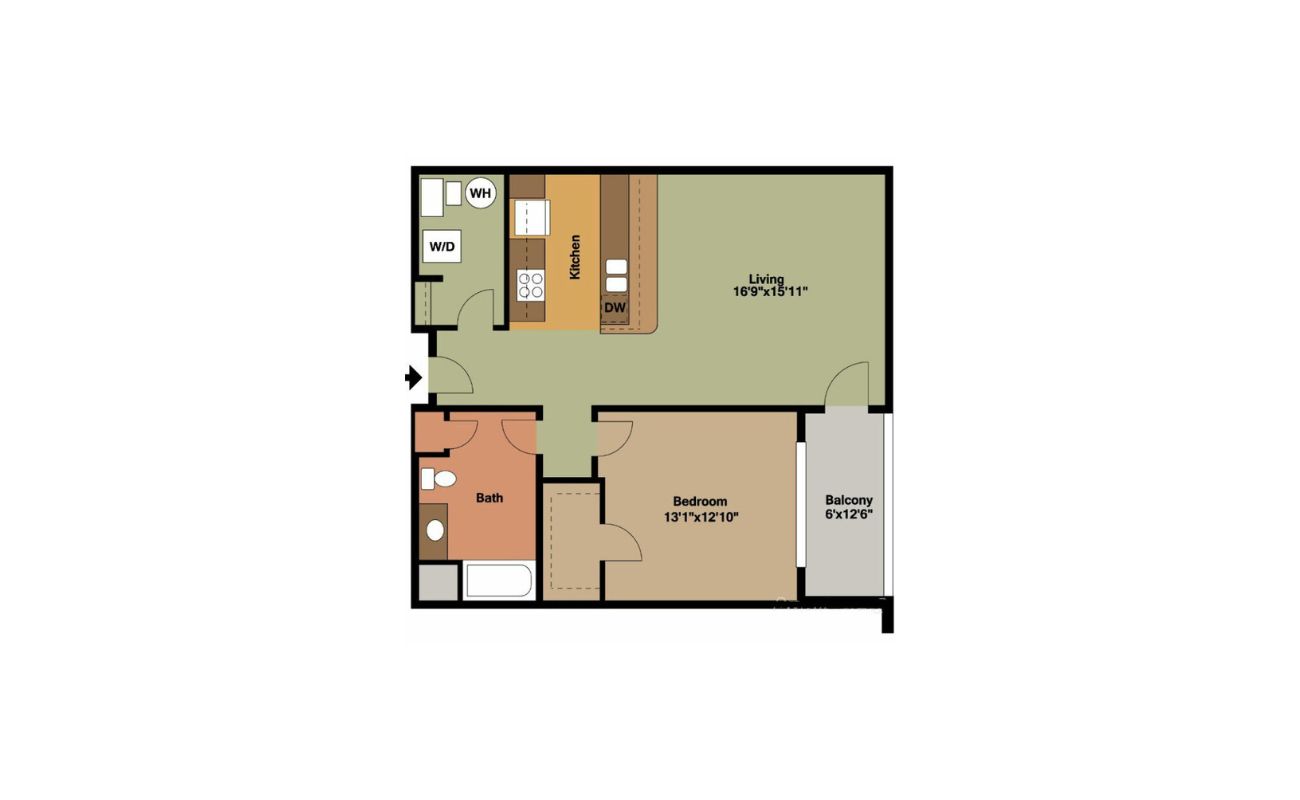
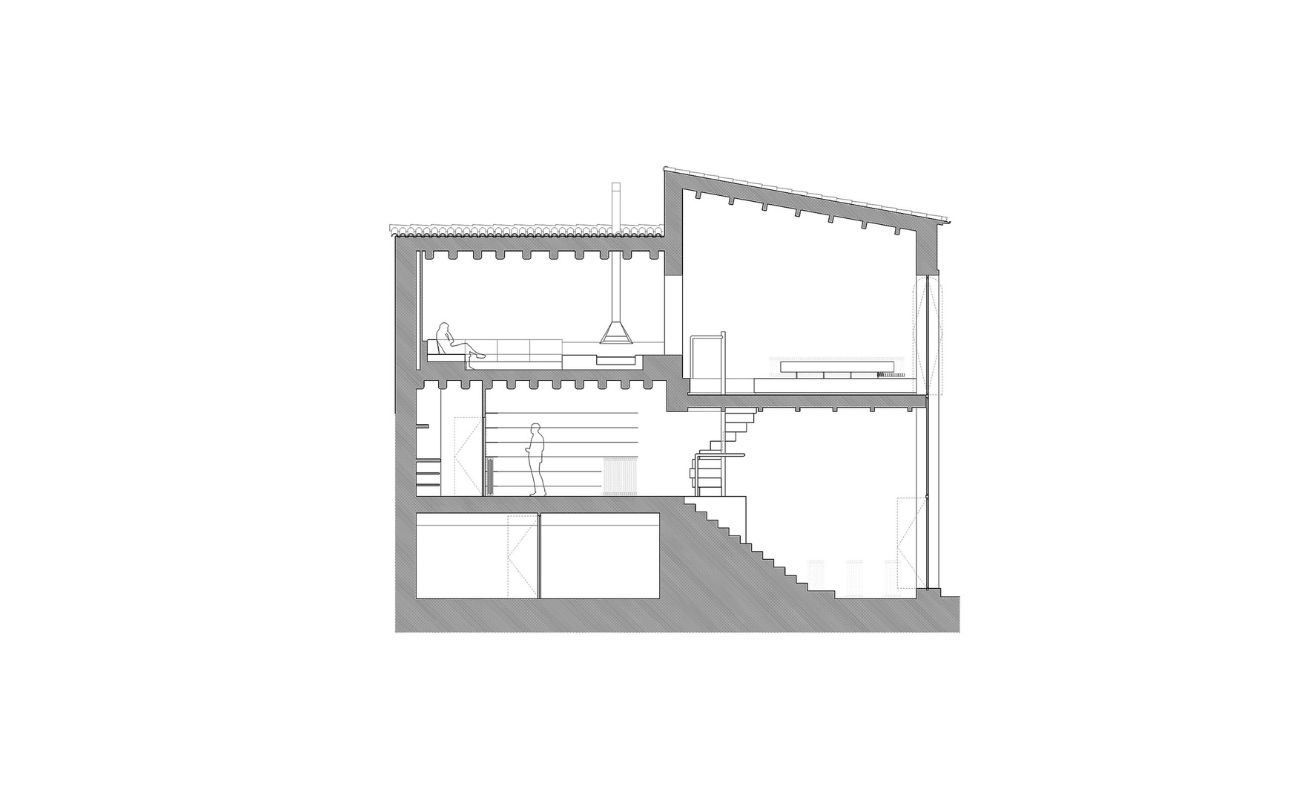
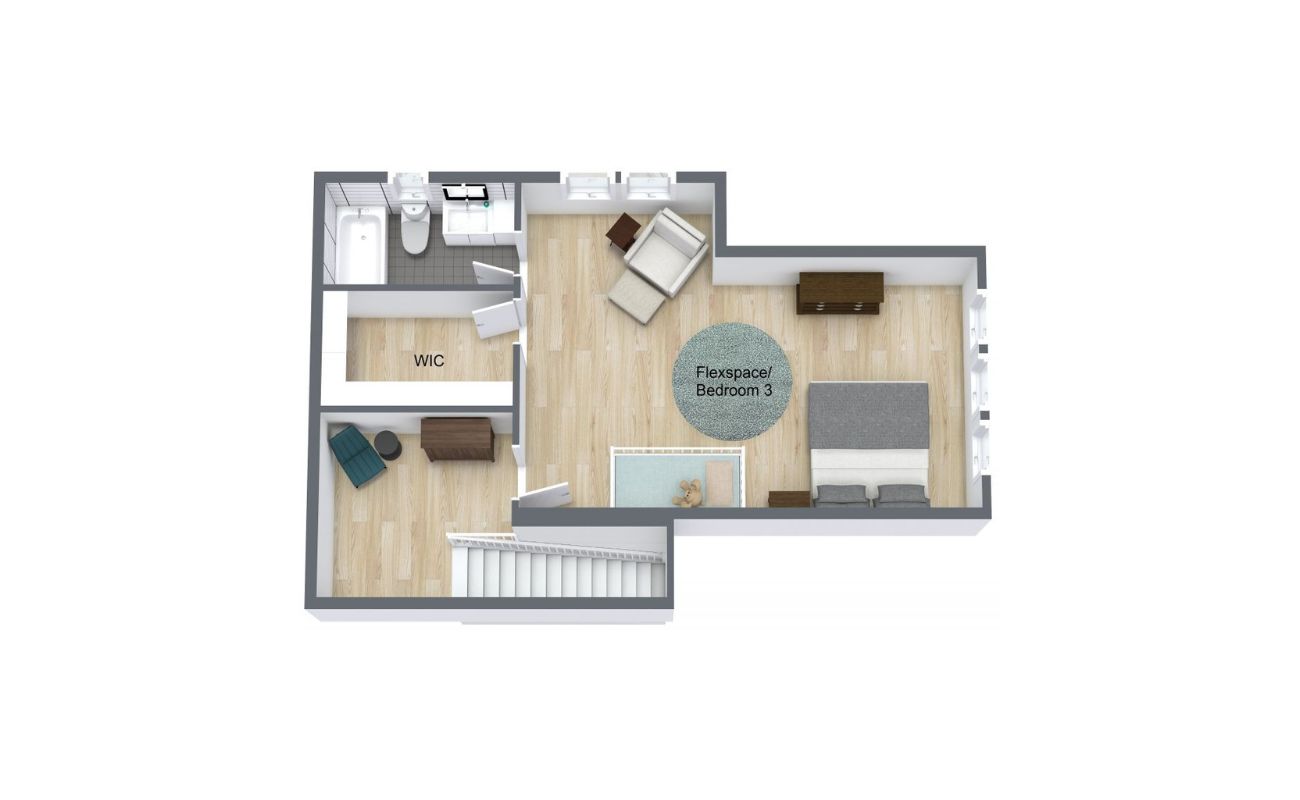

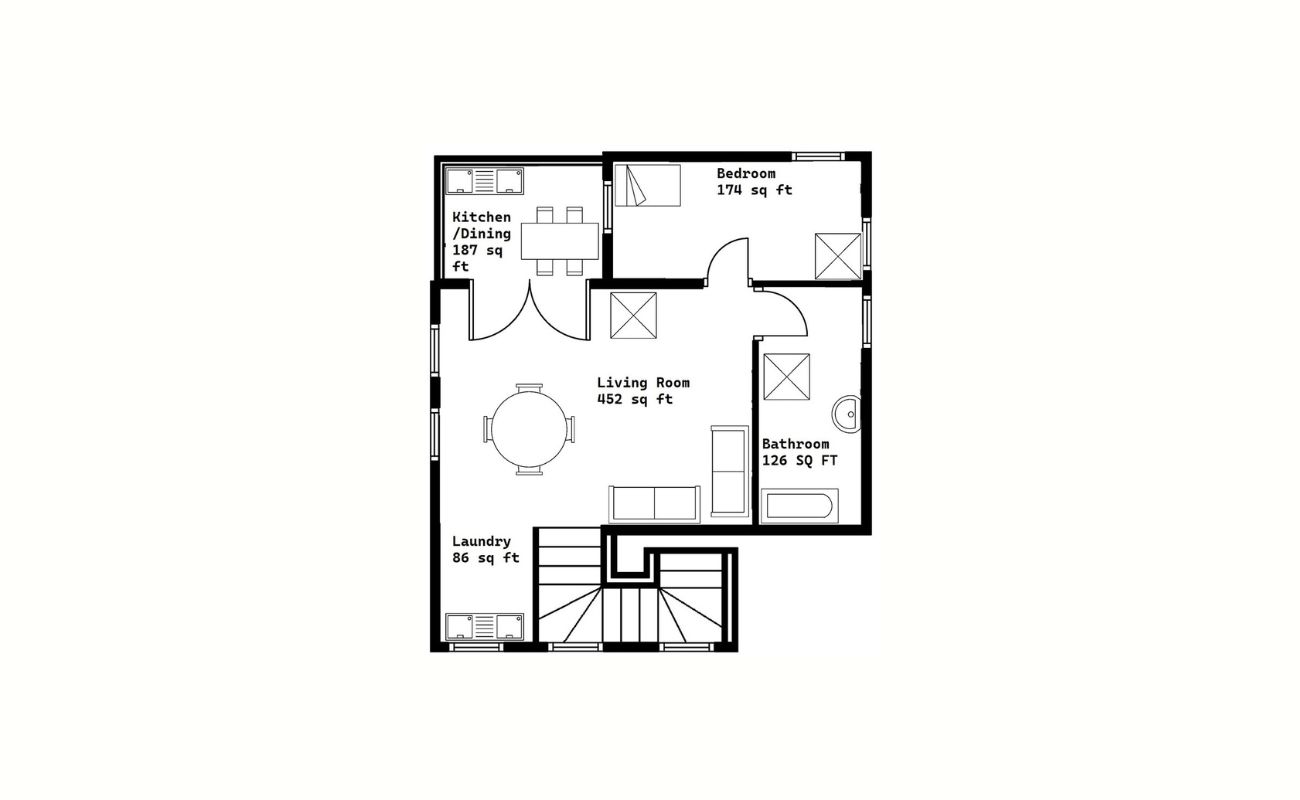
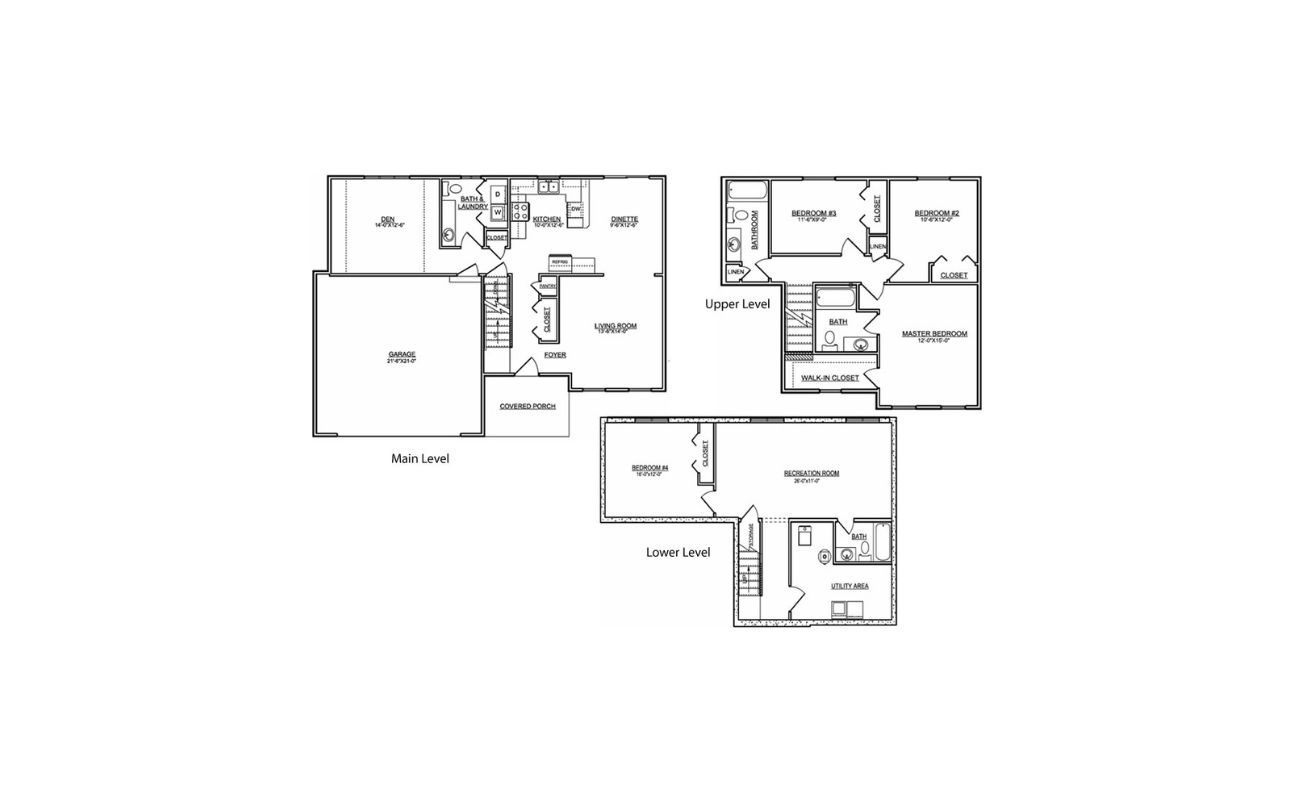
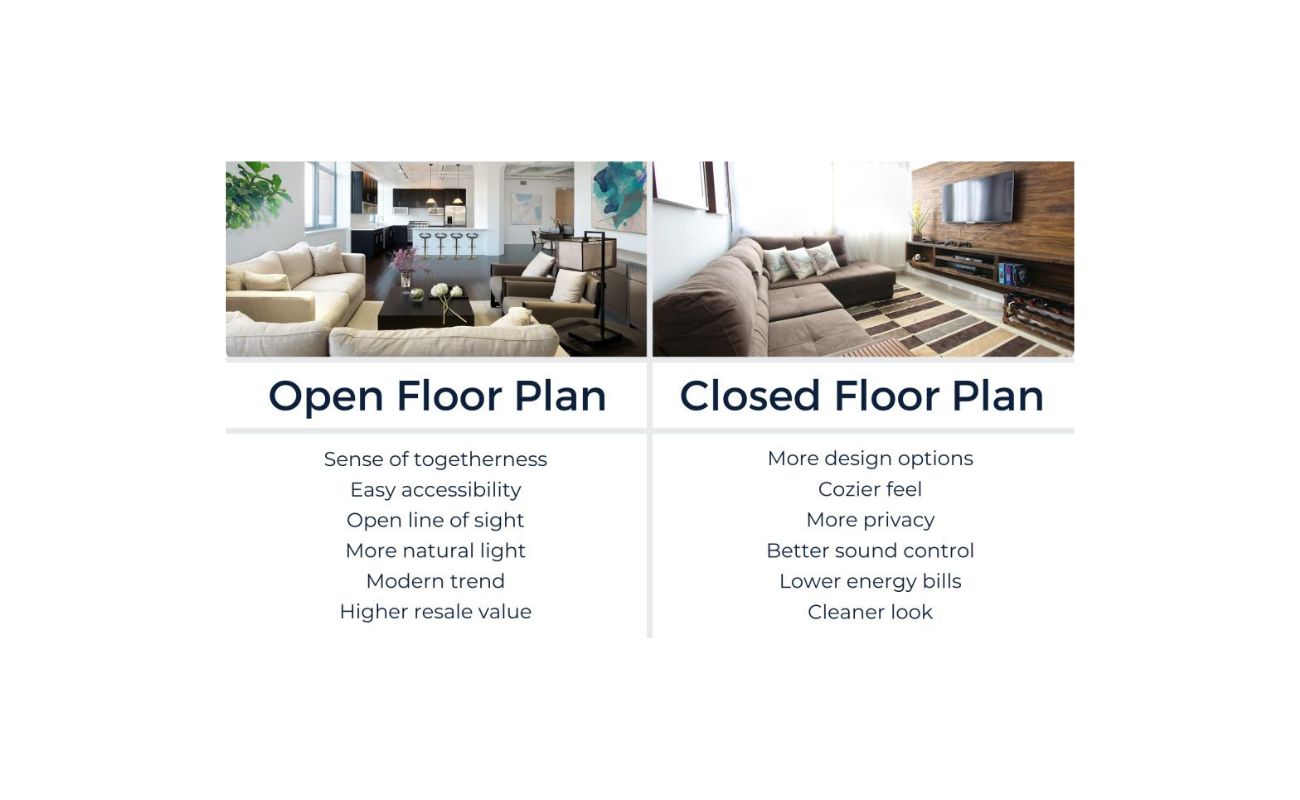
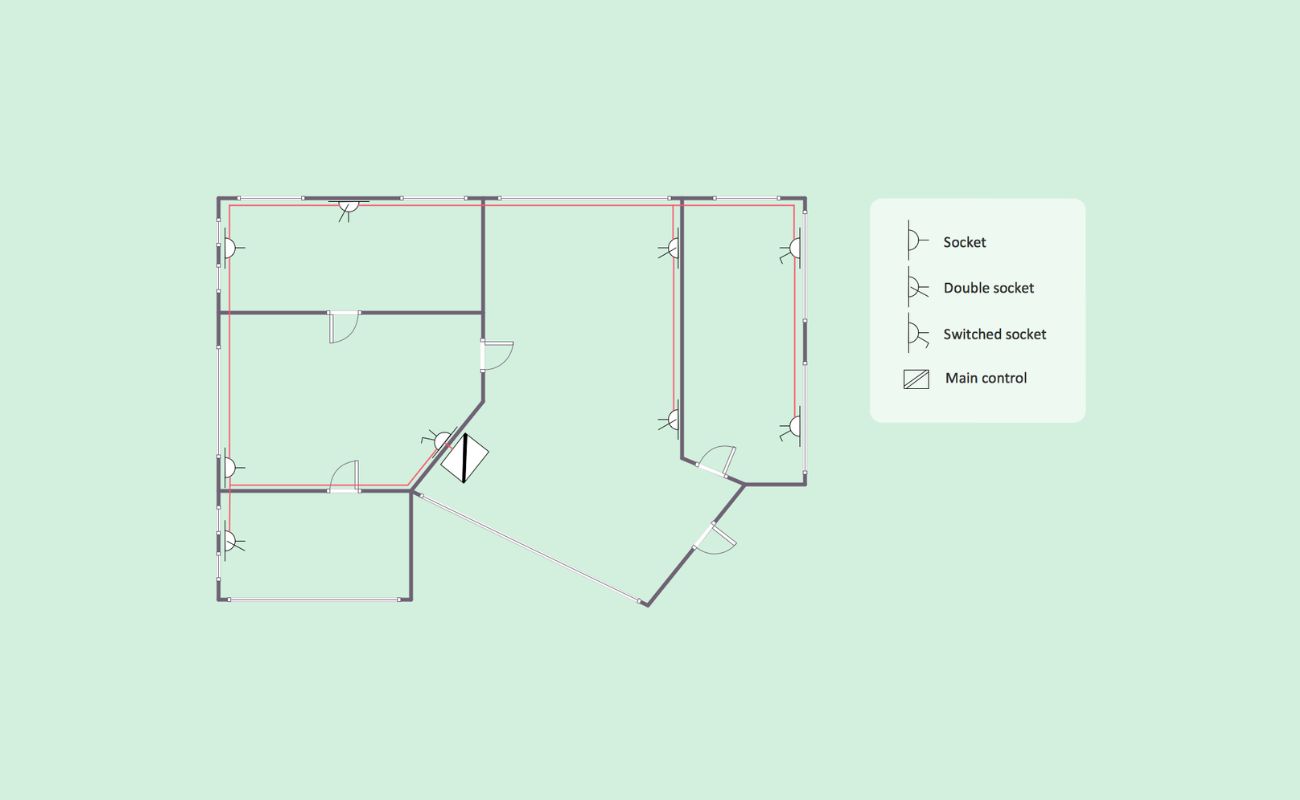
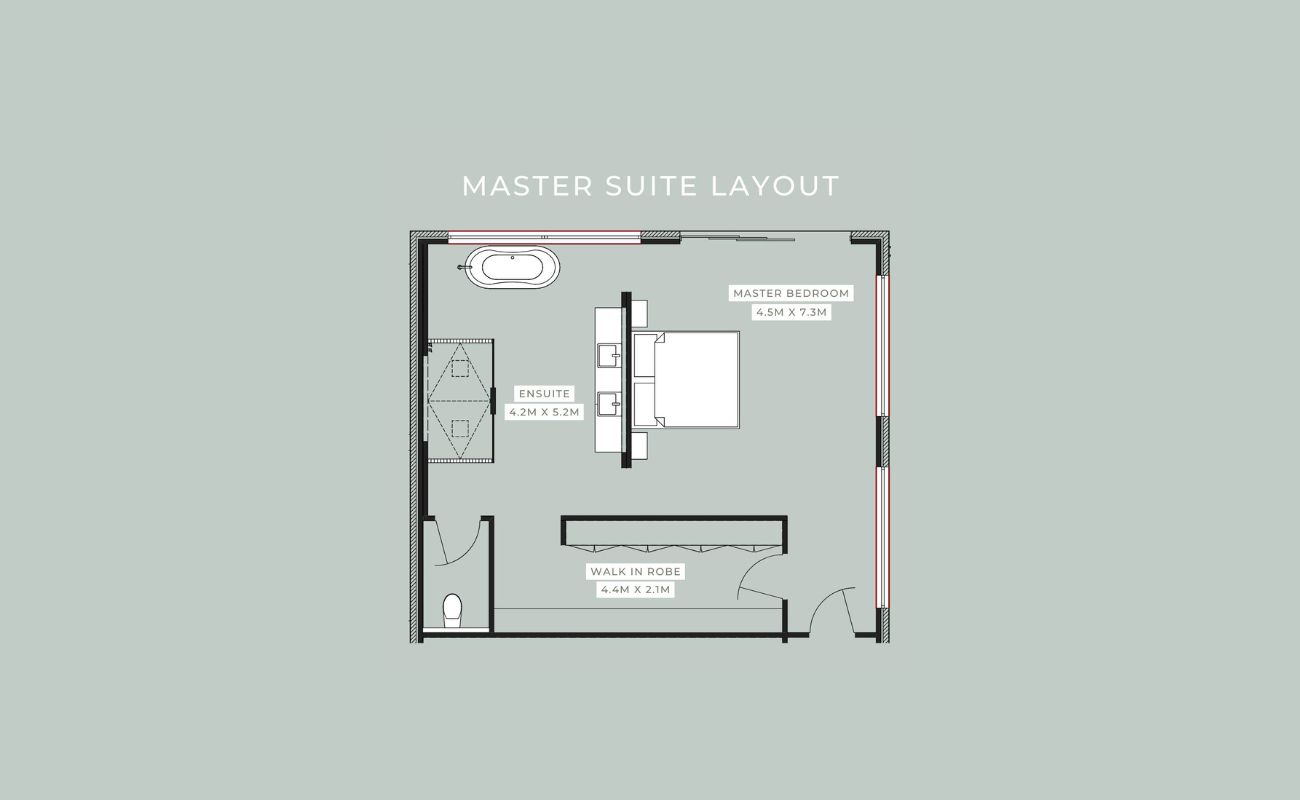
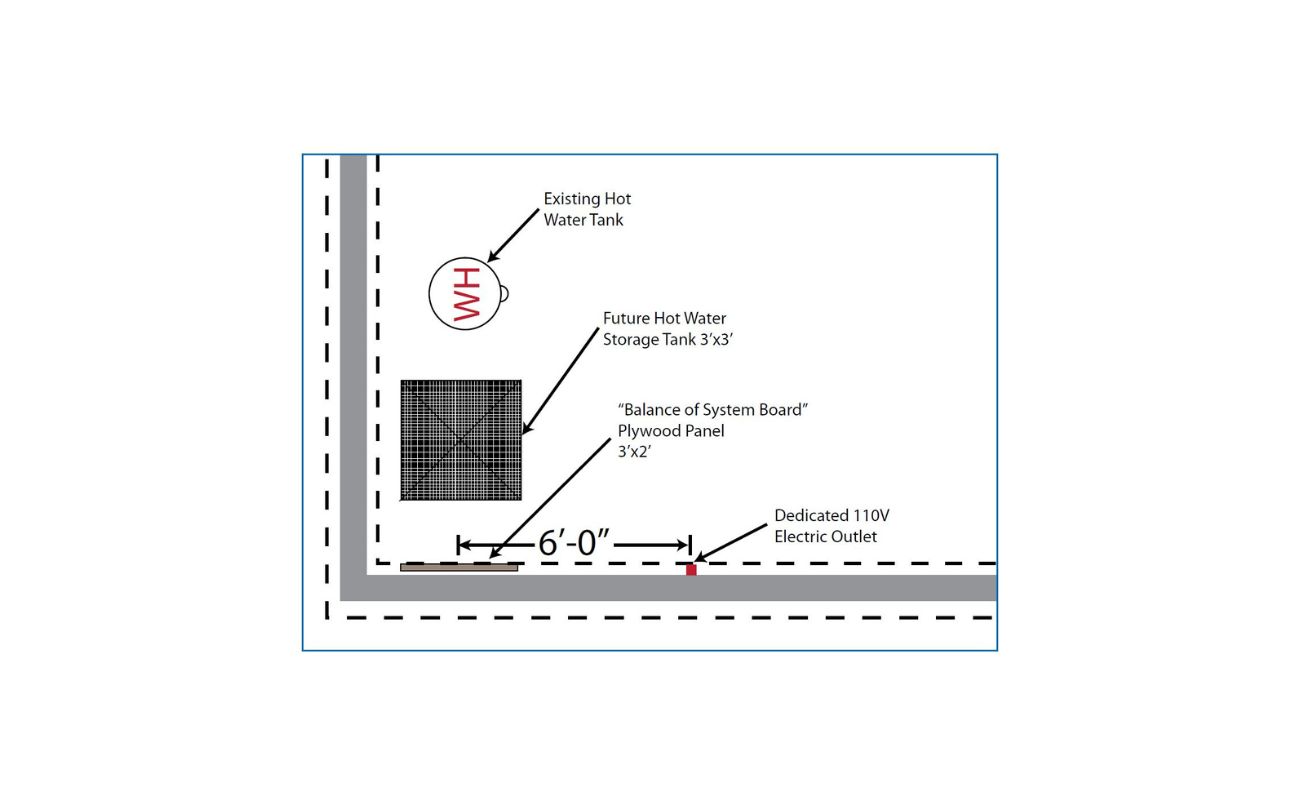
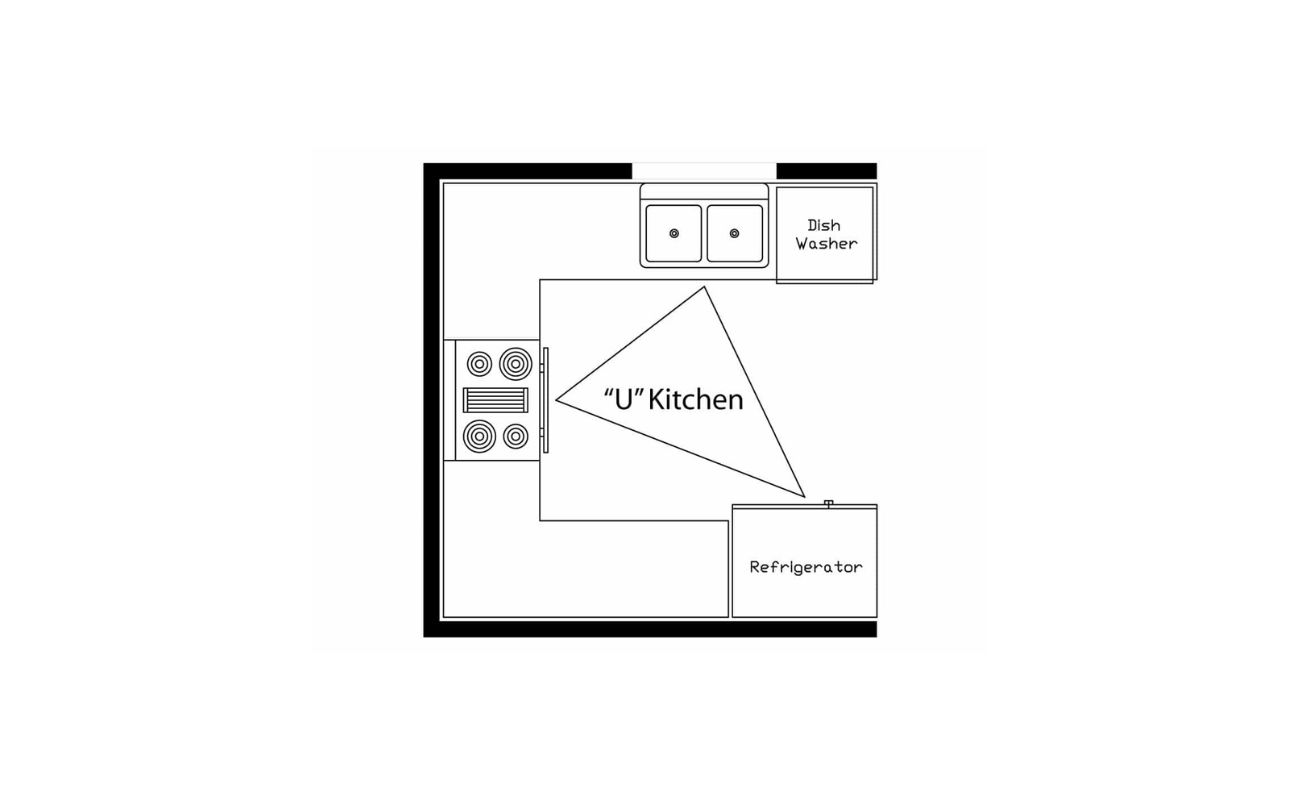

0 thoughts on “What Is A Floor Plan For A Dealership”